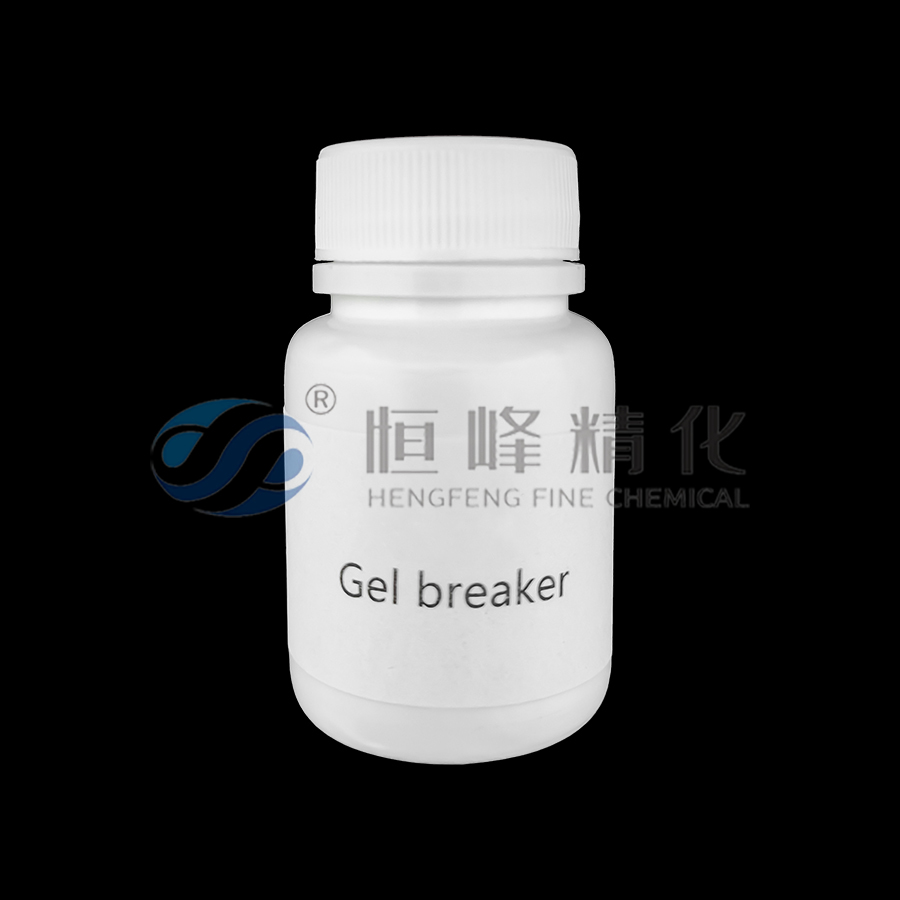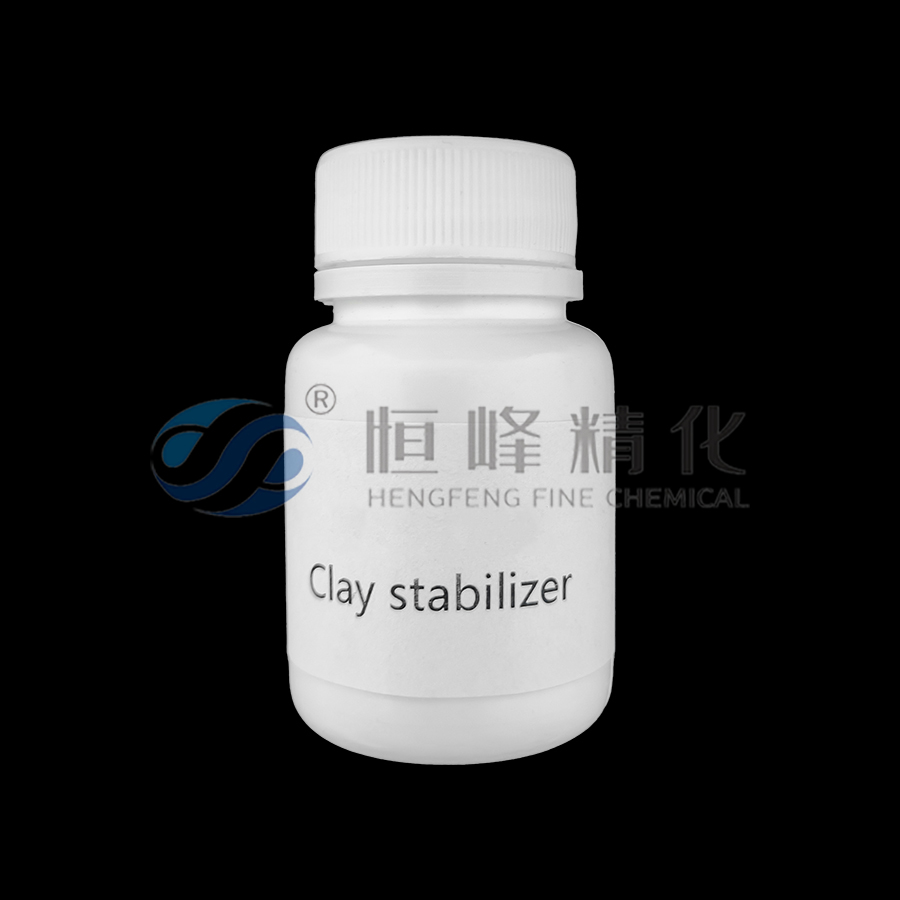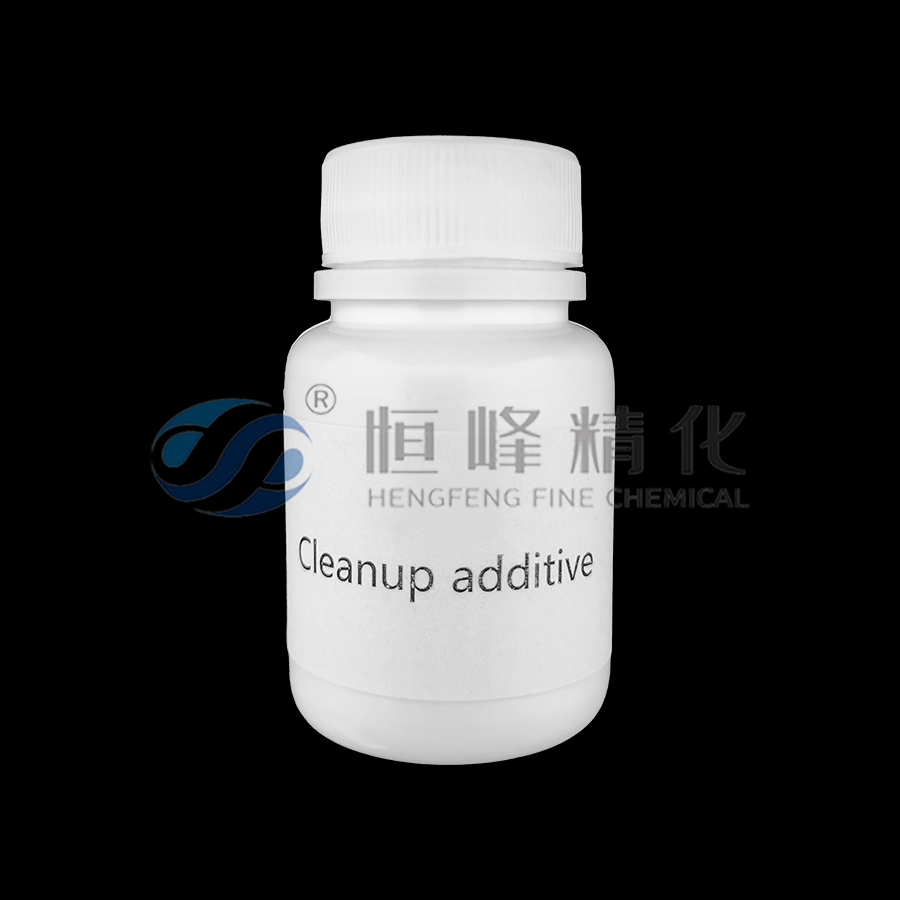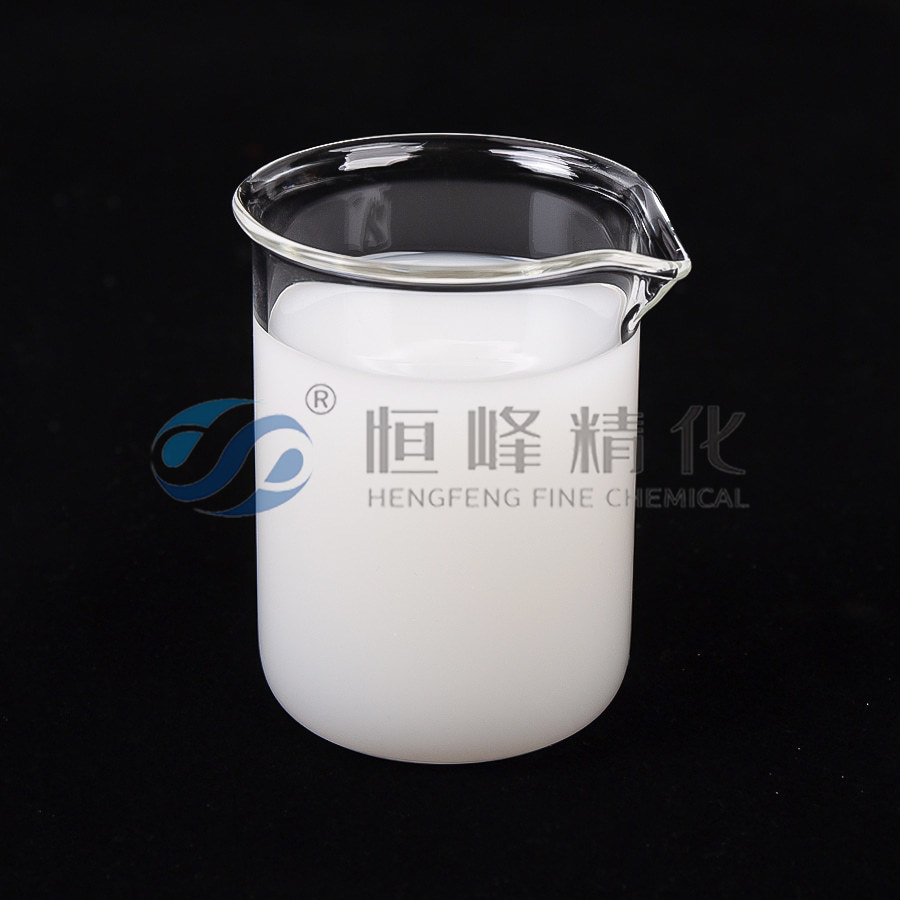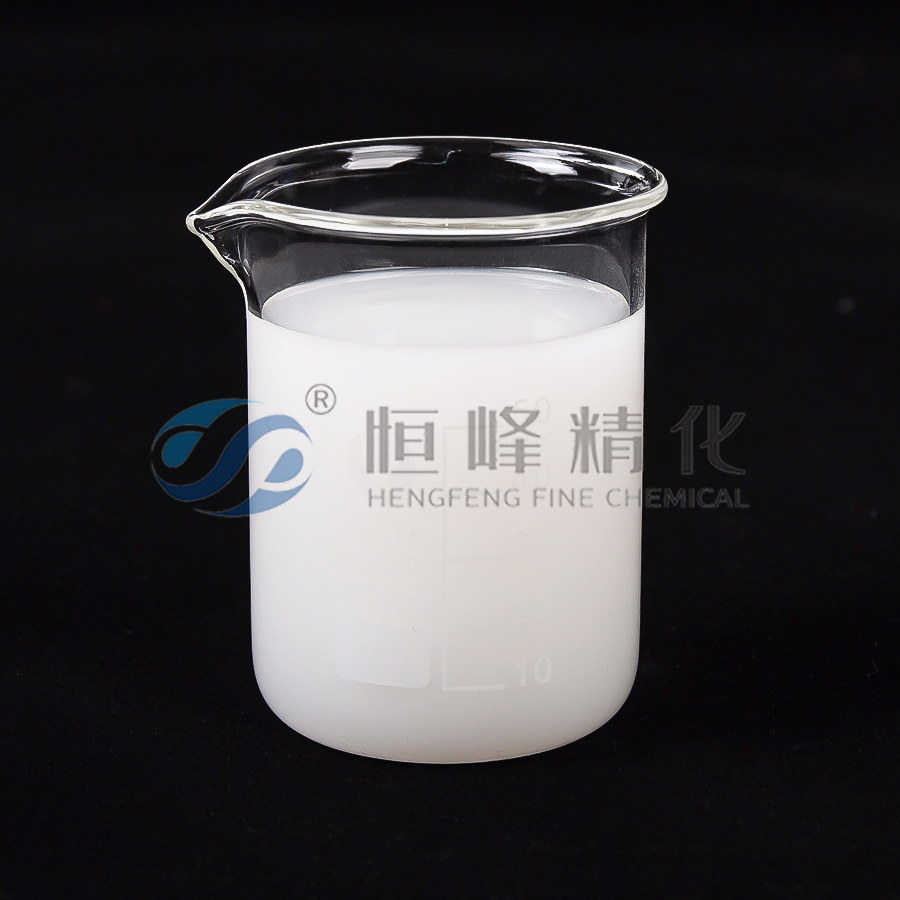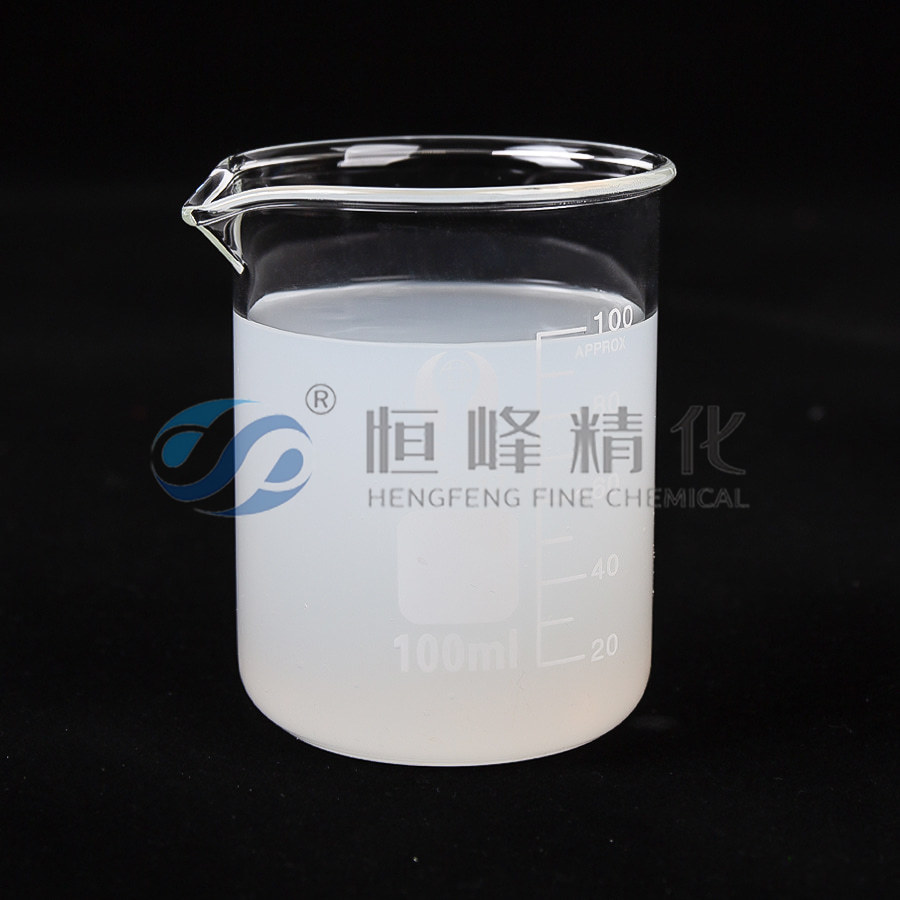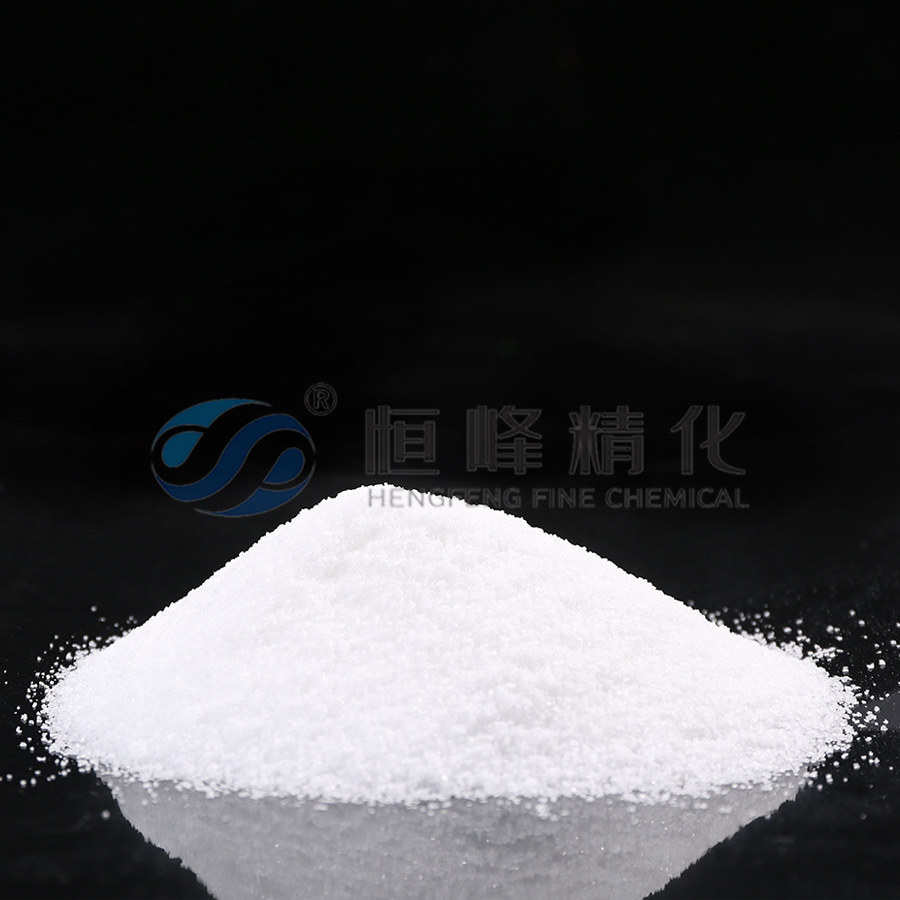Real-World Gains from Paper Making Retention Aid Use in High-Speed Paper Machines
In high-speed paper production environments, even small inefficiencies can snowball into significant performance losses. One of the most decisive factors in maintaining machine stability and product consistency under these demanding conditions is the correct application of a well-matched paper making retention aid. While the theoretical benefits of retention aids are widely acknowledged, it's the practical, on-machine results that truly highlight their value. For paper manufacturers operating high-speed machines, the stakes are higher, and the margin for error is much narrower.
From our industry experience, the challenge in high-speed operations is twofold: the short residence time in the headbox and forming section, and the sheer volume of water and fiber processed per minute. These conditions demand a retention system that responds quickly, distributes evenly, and maintains a consistent floc structure throughout the process. A paper making retention aid designed with fast-reacting characteristics and tailored molecular architecture can significantly stabilize sheet formation and minimize white water load variability.
One case we often reference involved a packaging paper producer struggling with erratic ash retention and uneven basis weight profiles on a 1,200 m/min machine. After switching to a higher-charge, moderate-molecular-weight retention aid, their retention rates improved by over 20%, and machine breaks due to sheet instability dropped substantially. This example underscores how fine-tuning the chemistry to suit machine dynamics leads directly to measurable gains in efficiency and product quality.
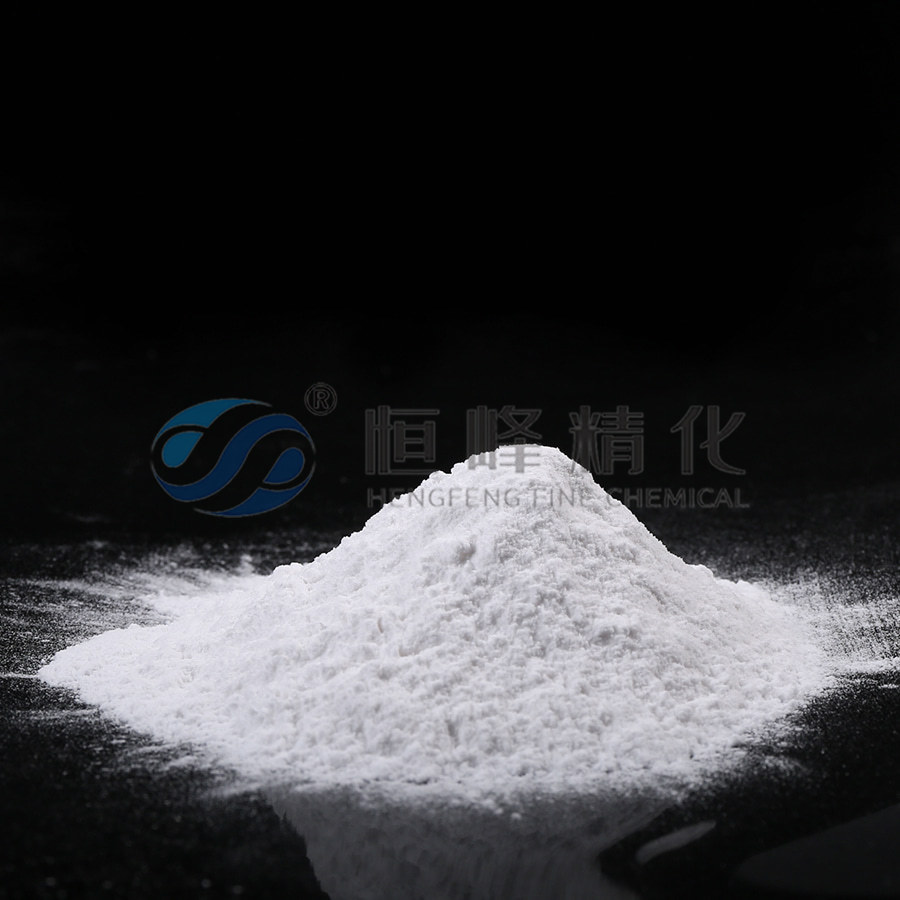
Another major benefit observed in such high-speed environments is the improved synergy between the retention aid and other wet-end additives, such as sizing agents and strength resins. When the retention aid holds fine materials effectively, these performance-enhancing chemicals stay in the sheet longer and work more efficiently. This not only improves paper properties but also reduces the consumption of costly additives—an attractive bonus for mills looking to optimize both cost and quality simultaneously.
Furthermore, we’ve seen paper makers benefit from reduced downtime due to cleaner white water circuits and less frequent felt washing. An effective paper making retention aid helps prevent fine solids from accumulating in the system, which in turn supports a more stable running condition over extended production periods. Fewer shutdowns and lower cleaning frequency mean more uptime and less maintenance cost—a clear operational win in high-speed settings.
It’s important to note that selecting the right retention aid for a high-speed machine is not purely a lab decision. It requires close monitoring of machine feedback, ongoing trials, and technical collaboration. That’s why we don’t just provide a product—we provide a process. As a manufacturer who works closely with customers during implementation and adjustment phases, we know that long-term success comes from well-supported integration, not just supply.
In summary, when a paper making retention aid is correctly matched to a high-speed machine's demands, the payoff is tangible: improved retention, smoother sheet formation, chemical savings, and more reliable machine operation. These aren’t just theoretical improvements—they’re real-world advantages that mills can measure. If you're ready to unlock more performance from your high-speed line, we’re ready to help you get there.


 English
English Español
Español عربى
عربى Русский
Русский Tiếng Việt
Tiếng Việt




